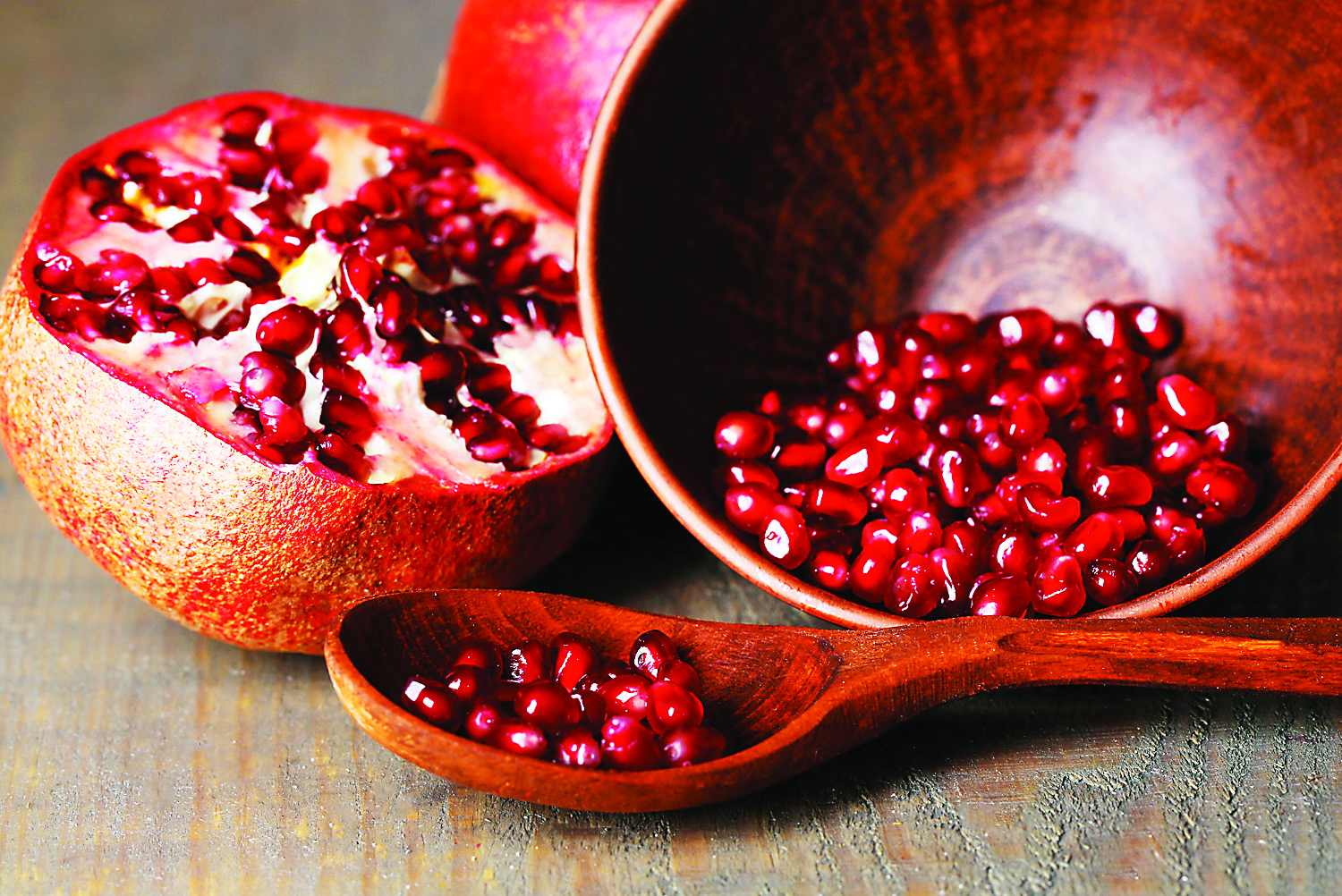click to dowload our latest edition
CLICK HERE TO SUBSCRIBE TO OUR NEWSLETTER


Published
4 years agoon
By
Jordan MosheIf you thought that the Rosh Hashanah experience was universal and uniform, think again. While many Ashkenazi Jews may be used to eating a few traditional New Year foods, Sefardim partake in an uplifting and colourful yom tov experience that goes well beyond apples dipped in honey.
The rich customs of the Sefardic Rosh Hashanah experience that precede the main meal are in fact more important than the meal itself.
While Ashkenazim associate the term Seder with Pesach, Sefardim traditionally conduct a Rosh Hashanah seder service that adds another dimension to the New Year experience. Whether it’s the head of a sheep or green beans, there’s a spectrum of novelty foods spread across a Sefardic table.
According to tradition, the wide array of symbolic foods presents a number of themes aimed at either the elimination of negativity or the aspiration for blessing. Called the simanim (symbols), they form what many today refer to as a Sefardic Rosh Hashanah seder.
The tradition dates back to the times of the Talmud when the sage Abayeh advised his disciples to celebrate Rosh Hashanah by enjoying seasonal foods and dishes that represented prosperity for the coming year.
Among the foods named are pumpkins, rubia (a vegetable similar to green beans), leeks, beets, and dates. Later, commentators enhanced Abayeh’s instructions, stating that the consumption of these foods should be accompanied by wishes and blessings for the year ahead.
The tradition of eating these symbolic foods on Rosh Hashanah dates back over 2 000 years, and while some Ashkenazim have maintained some of the practice, it remains especially prevalent among Sefardic Jews from Mediterranean and Middle Eastern countries. Over the centuries, the tradition has evolved, and in addition to the five foods listed in the Talmud, Rosh Hashanah seder tables might feature carrots, fish, or the head of a sheep.
Communities in different parts of the Jewish diaspora added and removed foods based on what was available or meaningful to them, depending on region and context. In every instance, however, it appears that each of the simanim was chosen due to its potential for inventive word play, its physical structure, or its sweet flavour. Each item is engaged with in depth, relishing the opportunity to uplift the chag by enhancing its various facets of blessing.
For instance, numerous pomegranate seeds represent innumerable good deeds, whereas dates represent the end of hatred because their Hebrew name, tamar, is related to the Hebrew word for “end”.
Another common sight is a leek, known in Aramaic as karti. Before the leek is eaten, seder participants say ‘She-yikartu oyvenu’ (May our enemies be cut off). The word yikartu (cut off), sounds like karti, hence the custom. The same holds true for the beets, known as silka in Aramaic. The blessing recited over these is ‘She-yisalku oyvenu’ (that our enemies disappear). Because yisalku sounds like silka, beets became the appropriate choice.
Pumpkin is another commonly used siman, and its Aramaic name is rather familiar to most, but in another context. Known as kra, the word also means ‘tear up’ in Hebrew, found often in the yom tov davening in relation to harsh decrees. Pumpkin is thus a fitting expression which reaffirms the request that Hashem deal mercifully with us in the year ahead.
Collectively, these simanim reflect a desire to begin a year without some of life’s biggest personal challenges, including conflict, trials, and evil. Moving beyond such negativity, however, more positive symbols arrive at the table, articulating requests for goodness in the months to come.
Many Jews serve fish, representing abundance and fertility in relation to both good deeds and personal life. Additional customs include string beans, containing multiple small beans which also represent numerous mitzvot. Unnerving though it may sound, there are some who eat the meat of a sheep’s head, asking Hashem that we enter the New Year as leaders, not followers, in our everyday lives.
For those who find the thought of a sheep’s head adorning the table a bit much, relief can be found in substituting it for the head of a fish or something even more creative. In fact, it is not uncommon to see fish head-shaped marshmallows, fish crackers, or even a head of lettuce replacing the traditional animal’s head, the symbolism meaning more than the item itself.
While many incorporate the foods into the evening’s menu, this is not necessarily essential. Some have a tradition to use the various items to decorate their dinner tables. Others may eat them before the meal begins, and certain families use the foods creatively in serving their various courses.
A Moroccan tradition, for example, involves eating an abundance of sesame seeds mixed with sugar, and another custom sees the apples and honey prepared together in advance as a jam to serve with the meal.
Regardless of how they choose to present them, Sefardim perpetuate a rich heritage which, despite appearing odd to some, represents the multiple layers of significance which surround the auspicious holiday.
So, whether you’re game for a sheep’s head or would rather opt for Haribo gummy fish, there’s a way for everyone to tap into this unique set of customs over Rosh Hashanah.
